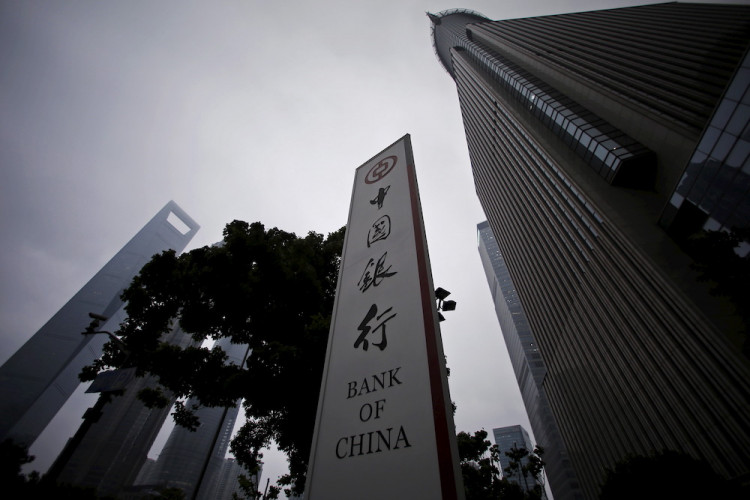In a bid to increase spending and direct the country's vast pool of savings towards more productive investments, China has urged banks to further reduce deposit interest rates, according to seven sources familiar with the matter. The guidance was provided during a meeting this month with members of China's "interest rate self-regulatory mechanism," which consists primarily of banks.
While the People's Bank of China does not directly set bank rates, it guides them through this market-based mechanism that includes both large and small banks. This guidance comes as banks and the economy are weighed down by massive inflows of savings and deposits.
One source with knowledge of the directive said, "The message is that banks need to collectively bring down deposit rates." The source continued, "Money is being injected into the banking system, but what's the point if people save every cent they get, instead of spending, or investing?"
A state lender from China's "big four" plans to reduce some personal and corporate rates next week, according to another person briefed on the plans. The directive is expected to lead to another round of rate cuts, as several small and mid-sized Chinese lenders already reduced their deposit interest rates this month following similar moves by larger rivals last year.
The guidance reportedly called for a roughly 10-basis-point cut to weighted average term deposit rates in the quarter from a year earlier. Some banks were also encouraged to scale back high-yield deposit products. As a result, banks are under pressure to lower yields and reduce structured deposits.
Despite the one-year loan prime rate (LPR) being cut by 60 basis points since 2019 to 3.65%, deposit rates have lagged as banks vie for accounts. The one-year certificates of deposit rate has remained relatively stable around 2.26% during that period, according to data from Rong360 Digital Technology Institute.
This has led to a massive influx of funds into the banking system at a time when Beijing is trying to promote spending. Consequently, banks have experienced shrinking margins as credit demand remains subdued. Household savings increased by 9.9 trillion yuan in the first quarter, following a record growth of 17.8 trillion yuan last year. Net interest margins, a key indicator of banks' profitability, reached a record low of 1.91% in the fourth quarter of 2022.






